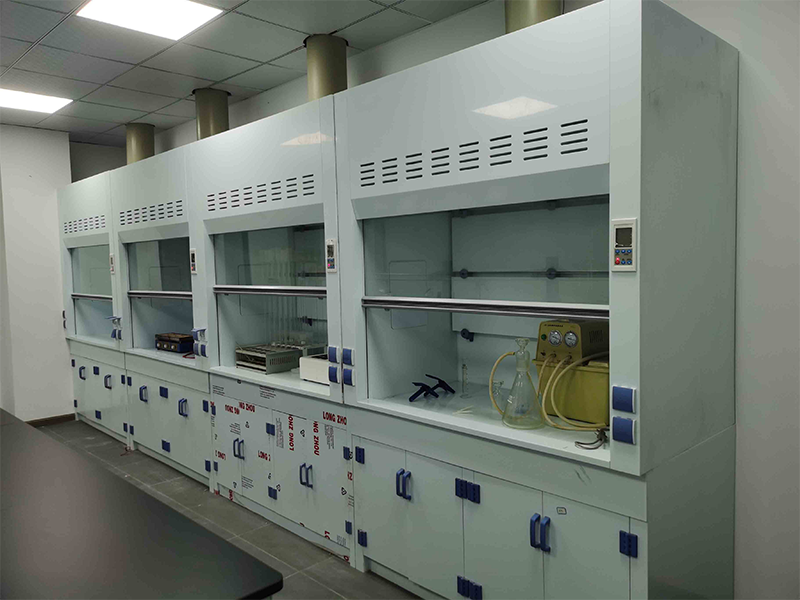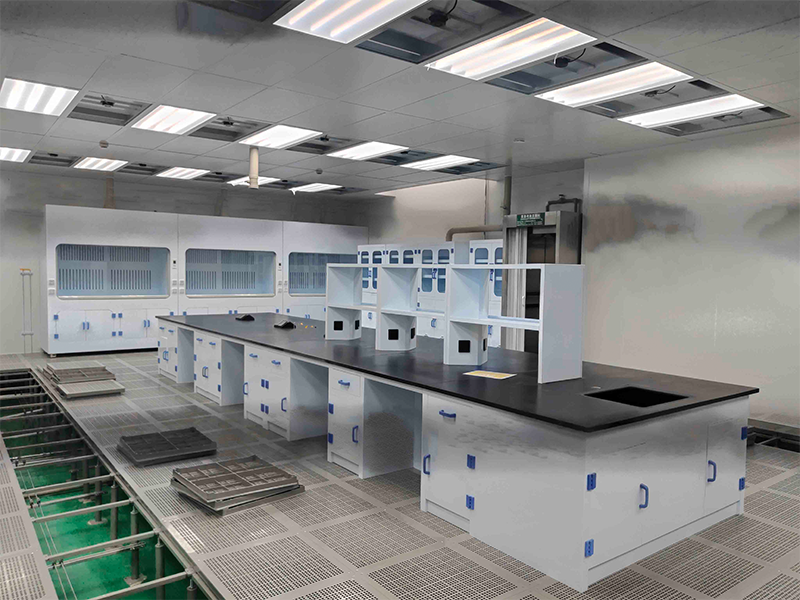Okay, let’s get real—choosing a lab fume hood isn’t exactly as thrilling as, say, binging the latest true crime doc, but man, is it important. One wrong move and you’re not just risking your research, you’re playing fast and loose with people’s safety. Nobody wants that.
First thing’s first: chemicals. You can’t just slap any old hood in your lab if you’re working with gnarly stuff like strong acids or wild solvents. That’s a one-way ticket to corrosion city. Go for the tough materials—polypropylene, fiberglass, or some serious stainless steel action. Cheap out here and you’ll regret it when your fancy hood looks like Swiss cheese in a year.

Next up: airflow. Don’t sleep on this. If your experiments just puff out a bit of steam, a regular hood probably cuts it. But if you’re going full Breaking Bad with heavy-duty reactions and nasty fumes, you need a high-performance setup, maybe one of those fancy VAV systems. Good airflow means you’re not marinating in toxic vapors—think of it as your invisible sidekick.
Now, let’s talk size. Don’t cram your gear into a hood that’s too small. You’ll mess up the airflow and, honestly, just make your life harder. The sash—the sliding window thing—matters too. Vertical or horizontal? Depends on your setup. Some even close themselves now, which is pretty slick (and saves on energy bills).
Don’t forget the bells and whistles—alarms, monitors, all that jazz. If your airflow tanks, you want to know before your eyebrows start tingling, right? And if your hood ties into your building’s ventilation, even better. One less thing to worry about.

But here’s the bit everyone ignores: training and maintenance. The fanciest fume hood is useless if nobody knows how to use it or if it’s falling apart from neglect. Regular check-ups, filter swaps, airflow tests—do them. Seriously, it’s not optional.
So, bottom line? Think about what junk you’re working with, how much air you’ll be moving, what fits your space, and whether you’ll actually keep up with maintenance. Get that right, and you’ll dodge a bunch of safety nightmares and compliance headaches. And maybe—just maybe—your lab won’t end up in a cautionary YouTube video.


